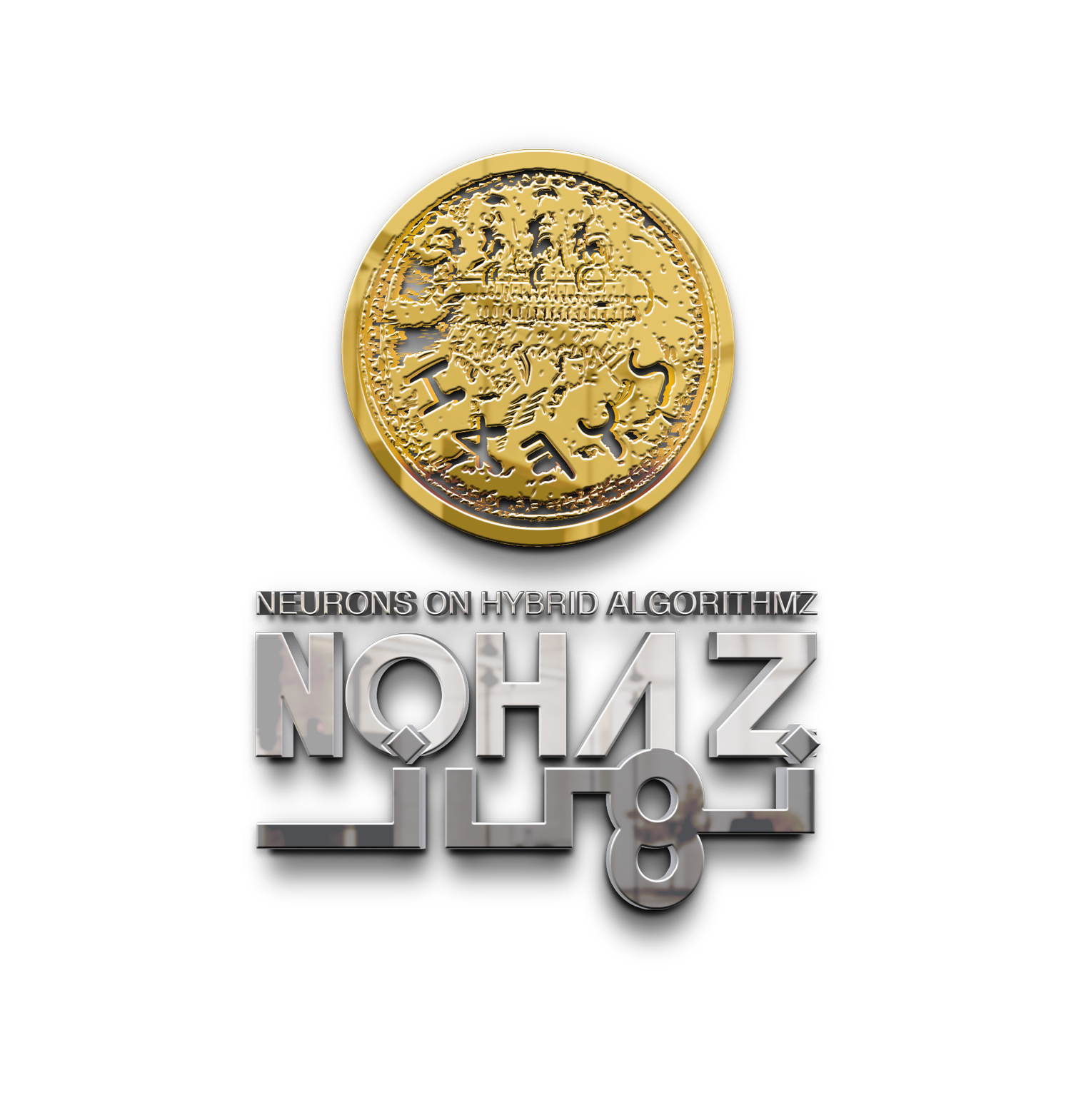Transparent Legal Language Representation
by Jana Sukkarieh, December 2020.
Contractual legal language and design are going through a metamorphosis in a manner comparable to automated text and knowledge representation (TKR)-AI communities in (at least) early 1980s-early 2000. The efforts, in both AI and the contractual legal industry, can be summarized in one question, "how to bridge a gap or draw a balance between expressivity, efficiency and transparency?"
An agreement between various parties, its content and representation vary from one culture to another. In many countries, in many industries, an agreement is represented in lengthy ambiguous legalese-loaded multi-modal documents. A movement that we denote by LLC1, has sprung to use AI to speed the daunting review of such documents and flag all sorts of concepts, compared to a pre-defined "gold-standard". In parallel, another movement that we denote by LLC2, argues for re-designing documents by making them "transparent", where "transparency" is an umbrella term for many proposed representational changes, including self-executing computer protocols (Wilkinson 2020), (World Commerce and Contracting, 2020), (Alvarez, 2016), (World Commerce and Contracting, 2013). Similarly, the flow of ideas in AI, could be summarized, as a spectra of camps as the TKR-AI framework in the figure below shows, based on (Sukkarieh, 2001).
Basically, there was, and re-surfacing recently, an on-going pull-and-push among TKR-AI communities and opposing computational theories and strategies as to various parameters, represented by the question mark terms within the framework, including the applicability to real life.
LLC1 and LLC2 are not disjoint. It is obvious that LLC2 affects algorithms and storage, in general, and AI techniques and underlying structures applied, in particular. It also affects various camps in the legal industry. However, we believe in the less obvious, i.e., work done by LLC1 informs "the transparency" LLC2 is seeking. We believe that there are many key pieces to bridge or glue the goals sought by LLC1 and LLC2; in particular regarding the “transparency” of the contractual legal representation.
The two communities should not work in silos but aim at working in collaboration to achieve not only AI mining models accuracy and explainability but also on contractual "transparency" and re-design. Whether contractual people suggest simplified/controlled language, programming or computer processable languages, schemas, or whatever representation language one chooses, the work is still, to a great extent, in the realm of AI: NLP, NLU and Knowledge Representation. We suggest tapping into the experience and challenges these multi-disciplinary AI sub-communities have faced and are still facing. A “dialogue” between LLC1 and LLC2 helps both take more informed directions for what should be the same goal: transparent legal language representation that does not only assist domain experts or lawyers but also laypeople and any third parties involved in between.
References
Susannah Wilkinson. 2020. SSRN. The Six Levels of Contract Automation: Evolution Smart (& Legal) Contracts.
World Commerce and Contracting. 2020. Contract Simplification and Design.
Linda G. Alvarez. 2016. Candescence Media. Discovering Agreement.
World Commerce and Contracting. 2013. How contracts can be user-friendly.
Jana Z. Sukkarieh. PhD Thesis. 2001. University of Cambridge. Natural Language and Knowledge Representation.
Additional Relevant References (dynamic list)
Denis Merigoux, Nicolas Chataing, Jonathan Protzenko. 2021. Catala: A Programming Language for the Law.
Conscious Contracts. 2014. Conscious Contracts Sketch Video.
Copyrighted 2020. Noha Z, LLC.

